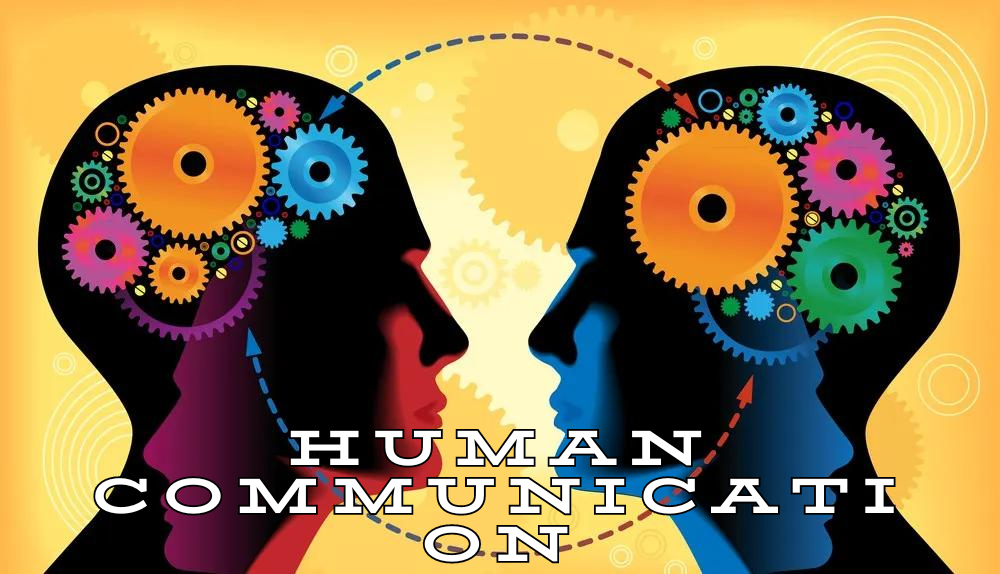The Enchantment of Joyous Laughter NYT: An In-Depth Analysis

Laughter is a remarkable facet of human experience, capable of bridging divides, lightening spirits, and fostering connections. Among its many forms, “joyous laughter” stands out as a particularly powerful expression of happiness and communal bonding. This article delves into the multifaceted nature of joyous laughter, exploring its scientific underpinnings, psychological impacts, and cultural significance. As we navigate these aspects, we will touch upon the role of joyous laughter in various contexts, including its presence in contemporary media, exemplified by the term “joyous laughter NYT” which reflects its broader significance.
The Scientific Basis of Joyous Laughter NYT
At its core, joyous laughter is a complex physiological response. Research into the science of laughter reveals that it engages several brain regions, including the prefrontal cortex and the limbic system. These areas coordinate to produce the pleasurable sensations associated with laughter. When we experience joyous laughter, neurotransmitters like endorphins and dopamine are released, creating a feeling of euphoria and relaxation.
A study published in the New York Times highlighted how joyous laughter NYT affects the brain’s reward system. This activation is akin to the pleasure derived from eating or exercising. The release of these chemicals not only boosts mood but also enhances social connections, reinforcing the communal nature of joyous laughter. This interplay between brain activity and emotional response underscores why joyous laughter is such a potent experience.
Physiological Benefits of Joyous Laughter
The benefits of joyous laughter NYT extend well beyond the brain. Physiologically, laughter serves as a form of exercise, stimulating the diaphragm and abdominal muscles. This can provide a mild cardiovascular workout, leading to improved heart health. A session of hearty laughter increases heart rate and blood flow, followed by a state of relaxation that reduces stress levels.
According to a study featured in the NYT, joyous laughter also impacts immune function. It has been found to elevate levels of antibodies and immune cells, thereby boosting the body’s ability to ward off illnesses. Additionally, laughter lowers cortisol levels, a hormone linked to stress, thereby contributing to overall well-being.
The physical act of laughing also promotes better respiratory function. By increasing oxygen intake, joyous laughter NYT can improve lung capacity and enhance overall respiratory health. This interplay of physical and mental benefits demonstrates why joyous laughter is more than just a fleeting reaction; it is a significant contributor to holistic health.
The Psychological Impact of Joyous Laughter NYT

On the psychological front, joyous laughter NYT has a profound effect on mental health. It is well-documented that laughter reduces symptoms of depression and anxiety. By fostering a positive mindset, joyous laughter serves as a natural antidote to negative emotions. This aspect of laughter has been extensively covered in various New York Times articles, reflecting its growing recognition in mental health circles.
Laughter therapy, or humor therapy, has emerged as a complementary approach to traditional mental health treatments. By incorporating joyous laughter into therapeutic practices, individuals can experience a reduction in stress and an improvement in mood. This therapeutic use of laughter aligns with findings from multiple studies that show how laughter can enhance psychological resilience and emotional stability.
Moreover, joyous laughter NYT helps individuals cope with life’s challenges. It provides a way to reframe problems, making them seem less daunting. This capacity to shift perspectives through laughter contributes to a sense of hope and optimism, essential components of mental well-being.
Social Dynamics of Joyous Laughter
Joyous laughter NYT is not only a personal experience but also a social phenomenon. It plays a critical role in building and maintaining relationships. Shared laughter fosters a sense of community and strengthens social bonds. In various social settings, including workplaces and social gatherings, joyous laughter acts as a form of social glue, enhancing group cohesion.
The contagious nature of laughter further illustrates its social impact. Hearing others laugh can trigger an involuntary response, leading to collective laughter even if the initial stimulus was not inherently funny. This social contagion effect, covered extensively in media like the New York Times, underscores how laughter influences group dynamics and behavior.
In social contexts, joyous laughter signals acceptance and affiliation. It helps bridge social gaps and create a shared experience that promotes unity. This role of laughter in social interactions highlights its importance in fostering positive relationships and enhancing group dynamics.
Cultural Perspectives on Joyous Laughter NYT

Joyous laughter NYT transcends cultural boundaries, though its expression and significance can vary widely. Different cultures have distinct norms and contexts for laughter, which shape how it is perceived and experienced. For example, in some cultures, laughter is a sign of politeness, while in others, it is reserved for informal or private settings.
Despite these variations, the fundamental role of joyous laughter remains consistent across cultures. It serves as a universal language of connection and emotional expression. Articles in the New York Times often explore how laughter functions within different cultural frameworks, revealing its universal appeal and significance.
Cultural attitudes towards humor and laughter also influence how joyous laughter is experienced. For instance, while Western cultures may embrace loud and expressive laughter, other cultures may prefer a more subdued approach. These cultural differences highlight the diverse ways in which joyous laughter can manifest and impact social interactions.
Joyous Laughter NYT in Literature and Art
Throughout history, joyous laughter has been a rich source of inspiration in literature and art. Writers and artists have explored laughter as a theme, using it to critique societal norms, examine human nature, and provide entertainment. From Shakespearean comedies to modern satirical works, literature has long celebrated the power of laughter.
In art, joyous laughter is often depicted as a symbol of spontaneity and joy. Artists such as Henri Toulouse-Lautrec and Norman Rockwell have captured moments of laughter, reflecting its emotional and social significance. These artistic representations offer insights into how different periods and cultures have understood and valued laughter.
The portrayal of joyous laughter in literature and art underscores its enduring relevance and universal appeal. It serves as a reminder of the simple pleasures that unite people across time and space.
The Therapeutic Value of Joyous Laughter

The therapeutic benefits of joyous laughter are increasingly recognized in healthcare settings. Laughter therapy, including practices like laughter yoga, combines laughter exercises with physical activity to promote health and well-being. Developed by Dr. Madan Kataria, laughter yoga integrates simulated laughter with yogic breathing, creating a holistic approach to wellness.
In hospitals and clinics, laughter programs are being implemented to enhance patient experiences and support recovery. These programs often include comedic performances, laughter yoga sessions, and other activities designed to bring joy and reduce stress. The therapeutic use of joyous laughter aligns with research showing its potential to improve patient outcomes and overall hospital environments.
Joyous laughter NYT has also found a place in various wellness programs and community activities. By incorporating laughter into daily life, individuals can experience its numerous benefits, from improved mood to enhanced social connections. This practical application of laughter underscores its role in promoting a more positive and connected world.
Conclusion
Joyous laughter is a multifaceted phenomenon with significant implications for health, well-being, and social interaction. Its scientific, physiological, and psychological benefits highlight its importance as a natural tool for enhancing quality of life. As we continue to explore the depths of joyous laughter, we gain a deeper understanding of its transformative power and its role in fostering happiness and connection.
The term “joyous laughter NYT” reflects the broader recognition of laughter’s importance in contemporary media and research. Whether through scientific studies, therapeutic practices, or cultural expressions, the celebration of joyous laughter reminds us of its fundamental role in the human experience.
In a world often characterized by challenges and uncertainties, joyous laughter serves as a beacon of hope and a reminder of the simple pleasures that unite us all. By embracing the joy of laughter, we enrich our own lives and contribute to a more compassionate and connected world. As we continue to explore the many dimensions of joyous laughter, we are reminded of its enduring power to uplift, connect, and inspire.



Leave a Comment